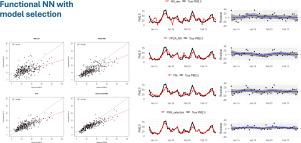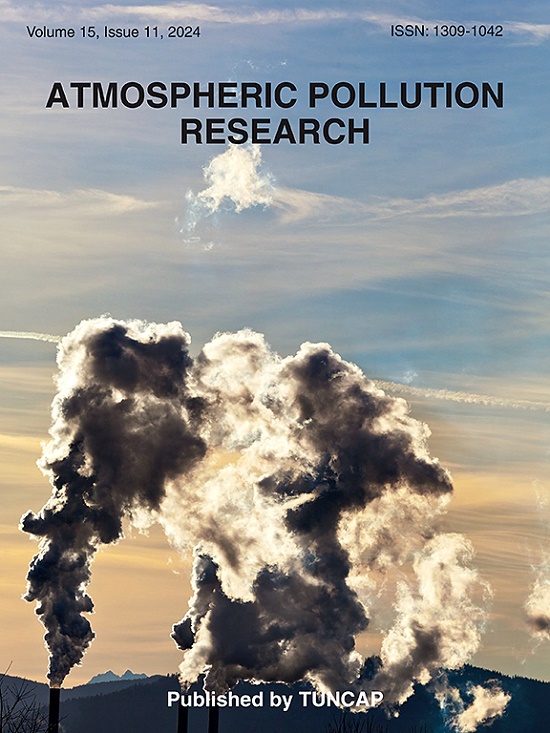Enhancing Air Quality forecasting with functional neural networks: A case study of PM2.5 in Seoul
IF 3.5
3区 环境科学与生态学
Q2 ENVIRONMENTAL SCIENCES
引用次数: 0
Abstract
Reliable prediction of PM2.5 levels is essential due to their substantial impacts on public health, the environment, and society. This is especially critical in regions like South Korea, where air quality is often compromised by elevated PM2.5 concentrations resulting from domestic emissions and transboundary pollution. This study considers a Functional Neural Network (FNN) model that combines Functional Data Analysis (FDA) with deep learning techniques to predict PM2.5 levels. The FNN model is applied to data from 13 monitoring stations in Seoul and compared with traditional multivariate-based neural networks (NN) and functional regression (FM) models. The enhanced predictive accuracy was observed from the FNN model by integrating dynamic temporal patterns in pollutant and meteorological trajectories as functional inputs. Additionally, this study proposes a model selection procedure within the FNN framework to identify a subset of functional inputs that significantly enhances prediction performance. Comprehensive comparison studies confirm that the proposed FNN, combined with the input selection procedure, offers a reliable tool for PM2.5 prediction. This functional approach holds potential for supporting air quality management and protecting public health.

用功能神经网络增强空气质量预报:以首尔市PM2.5为例
由于PM2.5水平对公共健康、环境和社会的重大影响,可靠的预测至关重要。这在韩国等地区尤其重要,这些地区的空气质量经常受到国内排放和跨境污染造成的PM2.5浓度升高的影响。这项研究考虑了一个功能神经网络(FNN)模型,该模型结合了功能数据分析(FDA)和深度学习技术来预测PM2.5水平。将该模型应用于首尔13个监测站的数据,并与传统的基于多变量的神经网络(NN)和函数回归(FM)模型进行了比较。通过将污染物和气象轨迹的动态时间模式作为功能输入,FNN模型的预测精度得到了提高。此外,本研究提出了FNN框架内的模型选择程序,以识别显著提高预测性能的功能输入子集。综合比较研究证实,所提出的FNN与输入选择程序相结合,为PM2.5预测提供了可靠的工具。这种功能性方法具有支持空气质量管理和保护公众健康的潜力。
本文章由计算机程序翻译,如有差异,请以英文原文为准。
求助全文
约1分钟内获得全文
求助全文
来源期刊

Atmospheric Pollution Research
ENVIRONMENTAL SCIENCES-
CiteScore
8.30
自引率
6.70%
发文量
256
审稿时长
36 days
期刊介绍:
Atmospheric Pollution Research (APR) is an international journal designed for the publication of articles on air pollution. Papers should present novel experimental results, theory and modeling of air pollution on local, regional, or global scales. Areas covered are research on inorganic, organic, and persistent organic air pollutants, air quality monitoring, air quality management, atmospheric dispersion and transport, air-surface (soil, water, and vegetation) exchange of pollutants, dry and wet deposition, indoor air quality, exposure assessment, health effects, satellite measurements, natural emissions, atmospheric chemistry, greenhouse gases, and effects on climate change.
 求助内容:
求助内容: 应助结果提醒方式:
应助结果提醒方式:


